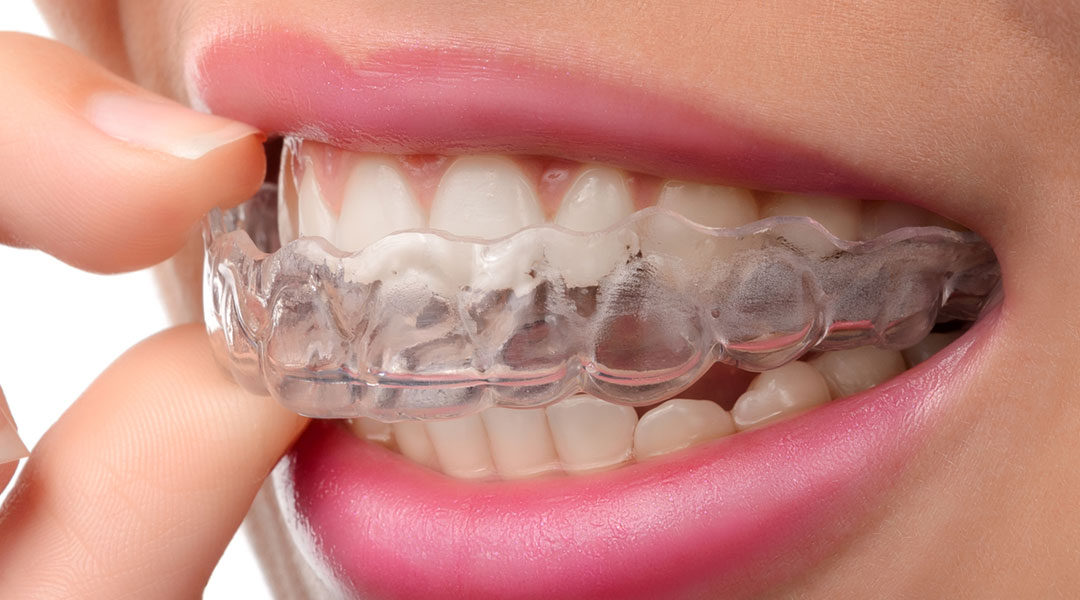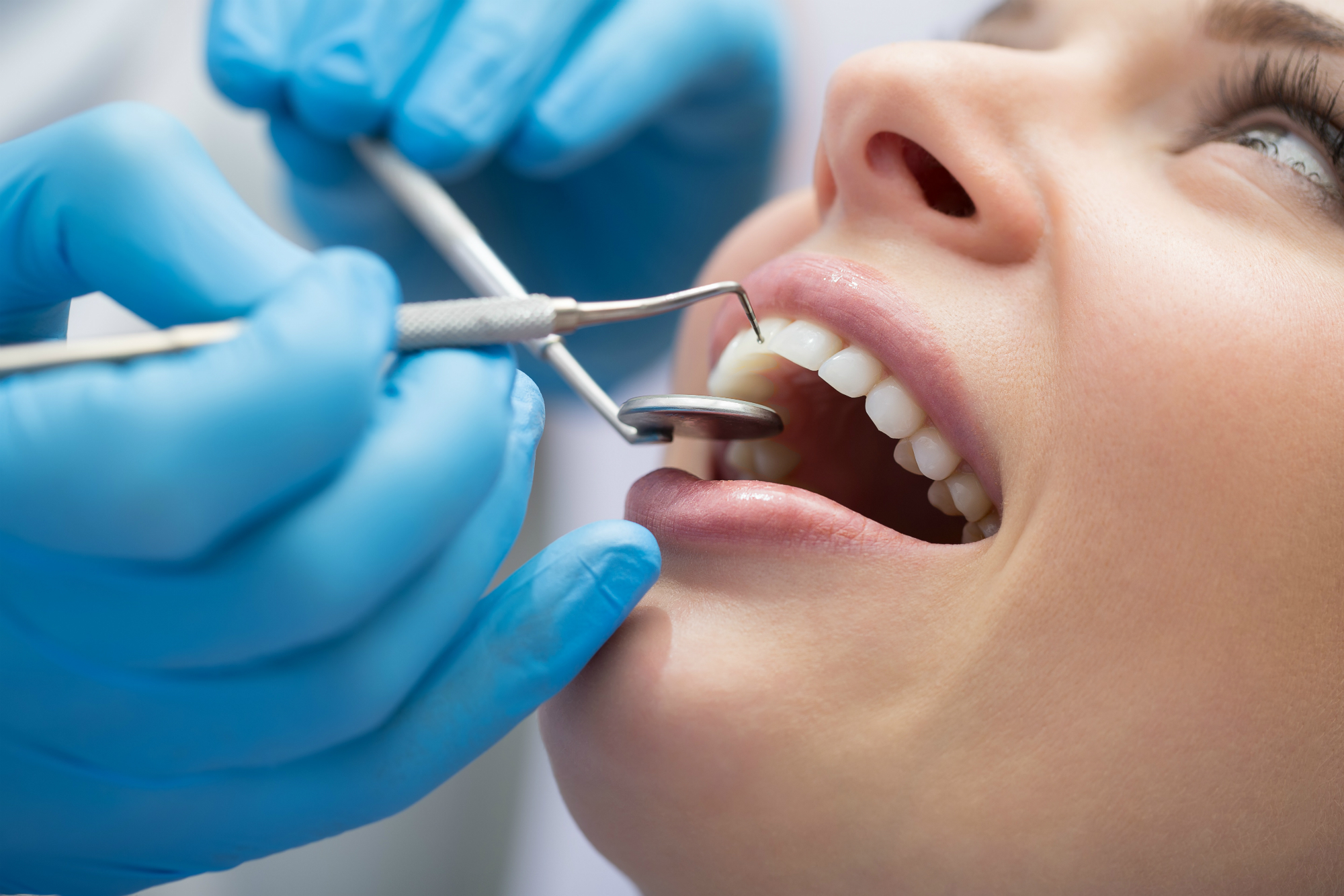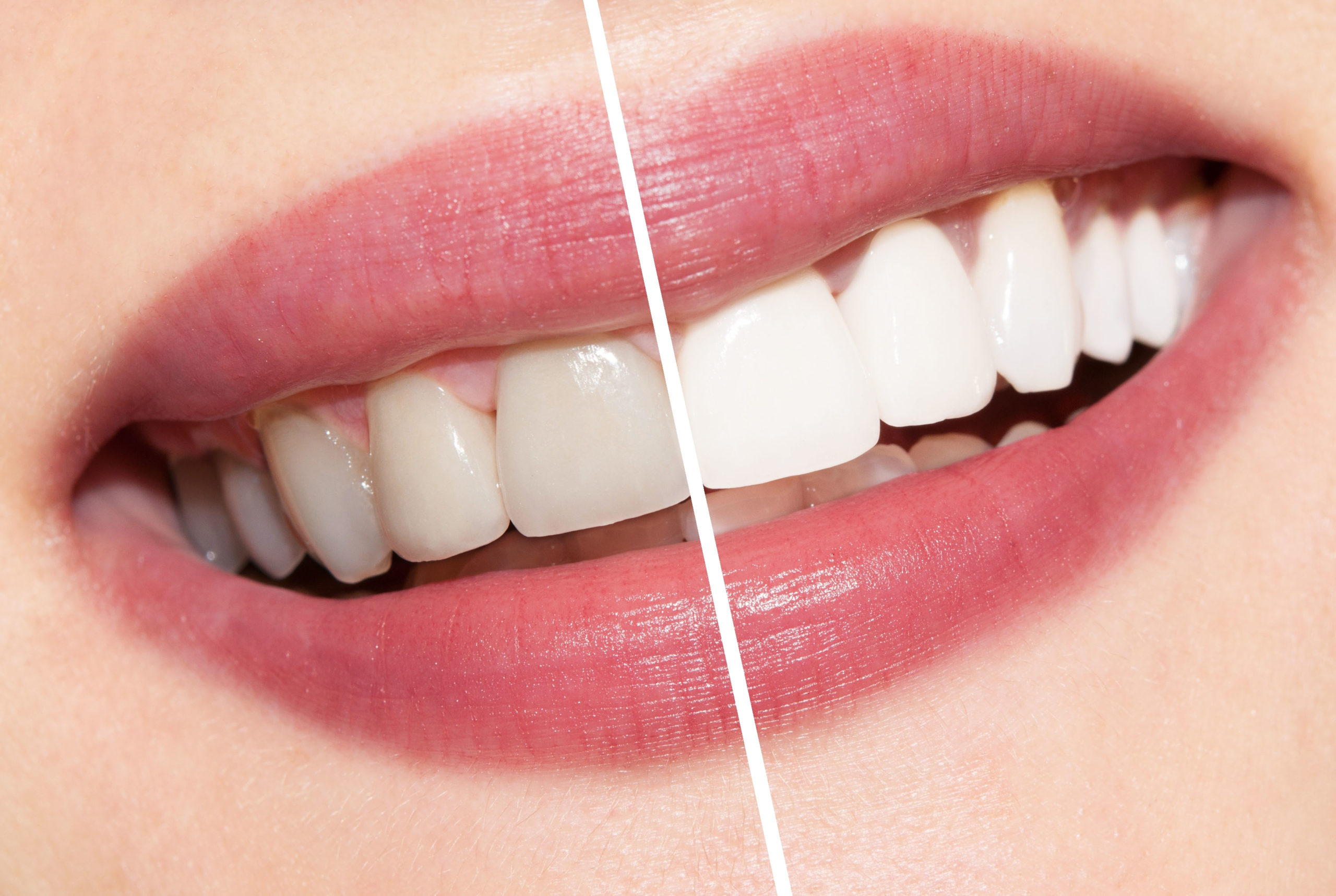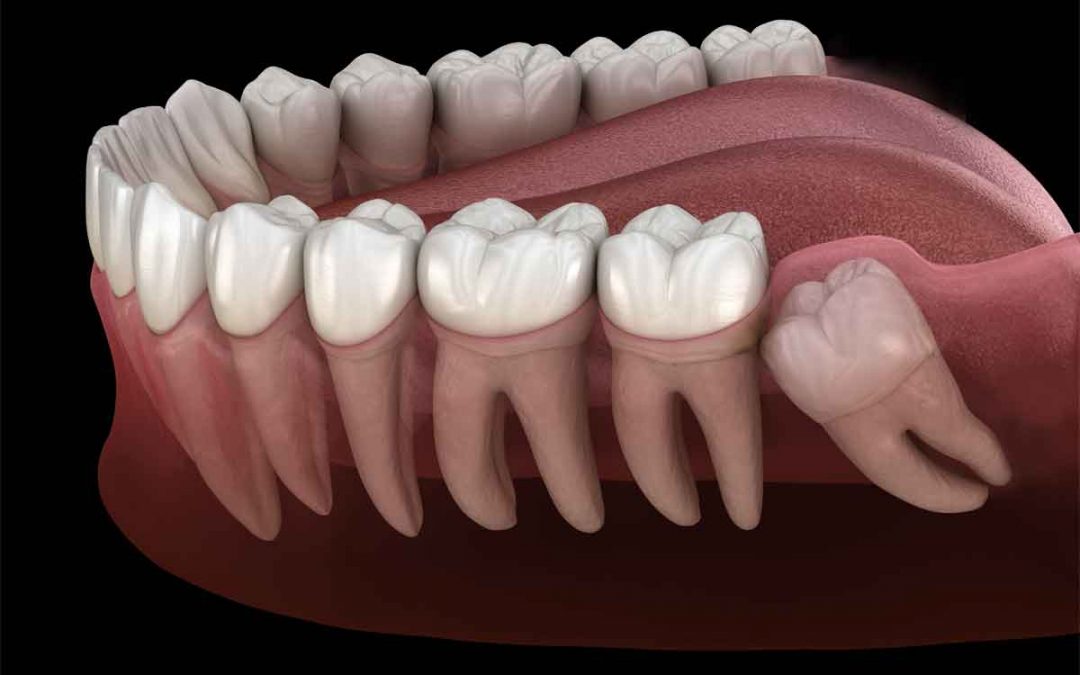
Orthodontics
Orthodontic treatment is a way of straightening or moving teeth, to improve the appearance of the teeth and how they work. It can also help to look after the long-term health of your teeth, gums and jaw joints.
Many people have crowded or crooked teeth. Orthodontic treatment will straighten the teeth or move them into a better position. This can significantly improve their appearance
An orthodontist can carry out work that aims to achieve the following :
- closing wide gaps between the teeth
- aligning the tips of the teeth
- straightening crooked and malpositioned teeth
- improving speech or chewing ability
- boosting the long-term health of gums and teeth
- preventing long-term excessive wear or trauma of the teeth
- treating an improper bite
An orthodontic treatment involves putting a wire/brackets on your teeth and regular visits (once a month mostly) for tightening/changing the wire. Each sitting takes only 10-15 minutes.
The time required for completion of the treament is entirely case – dependent.
Types of braces :
- Metal
- Ceramic
- Lingual braces
- Invisible aligners ( invisalign )
- Metal braces :Traditional metal braces are more effective at treating extreme overcrowding than other options like clear braces or Invisalign aligners and are the most economical optionThe main disadvantage of traditional braces is the metal mouth appearance. But , today’s braces are more visually appealing than in past years, with a range of colour options for both the brackets and the elastics.
- Ceramic braces :Ceramic braces are similar to metal braces, but they use clear or tooth-colored brackets rather than gray or metallic silver brackets and wires.Many people opt for ceramic braces because they’re less noticeable on your teeth than metal braces. This can be a huge advantage if you’re considering braces and don’t want to feel self-conscious about wearing them.ProsThey’re less visible than metal braces. The ceramic material used in these braces can be either clear or tooth-colored.They move teeth faster than clear aligners .
You can choose your colors. Ceramic braces are available in nearly any color imaginable.
Cons
They’re more expensive than metal braces.
They may cause gum sensitivity. Ceramic brackets are larger than metal brackets. This can make it harder to clean around your brackets, leading to swollen gums or receding gums.
They’re slightly less durable than metal. Ceramic braces are more than twice as likely to break .
The process of removing the glue (debonding) has also been known to cause damage to your tooth surface (enamel).
They move teeth slower than metal. Because they’re more fragile, having to repair broken brackets or make incremental adjustments at each appointment can delay the straightening process.
They may stain. The elastic ties holding the wire to the brackets can stain easily and remain stained until they’re replaced.
- Lingual braces :For image-conscious teenagers, working professionals, and others who don’t want to draw extra attention to their dental work in progress, lots of nearly invisible options are available.Lingual braces have the same components as conventional braces, but they’re fixed to the back of your teeth, on the tongue — or lingual — side of the teeth. Because they’re behind your teeth, they’re nearly invisible.At your first appointment, your orthodontist will examine your teeth and discuss which treatment options are mostly likely to work well for you. If you’re interested in lingual braces, talk to your orthodontist early in the process.
- Invisible aligners : ( invisalign )Invisalign is a form of braces that use clear tray aligners. These are Removable during treatment and allows you to brush and floss easily after removing your alignersInvisalign uses a series of aligner trays that are replaced every one to two weeks. Each replacement tray will feel slightly different, as it’s designed to continue shifting and moving your teeth.To get Invisalign, you first need to have a consultation with your dentist. They’ll look at your smile, your overall oral health, and take impressions of your mouth. Then, Invisalign makes their aligners unique to your mouth for a custom fit. Your dentist creates your overall treatment plan and serves as your partner in getting the results you want.




















